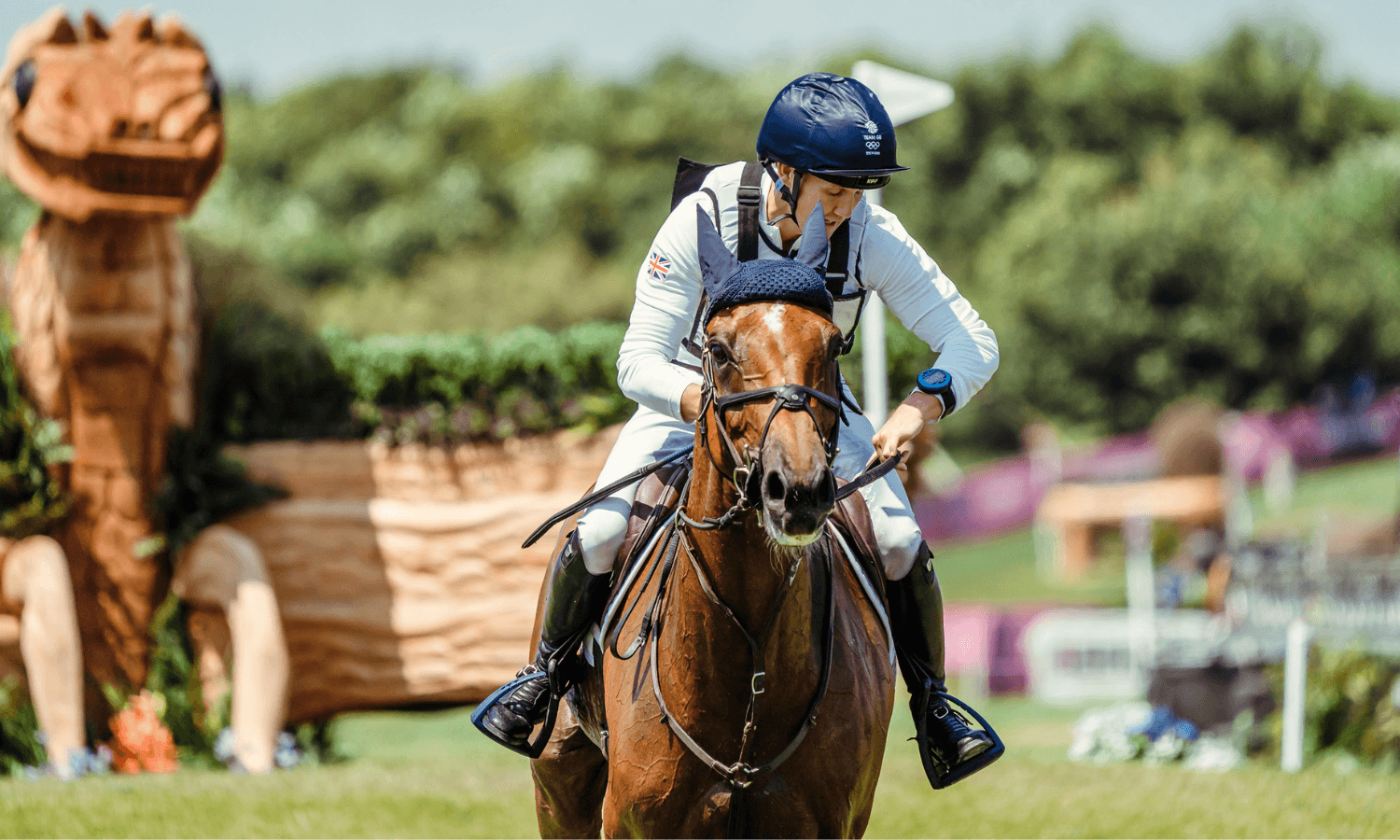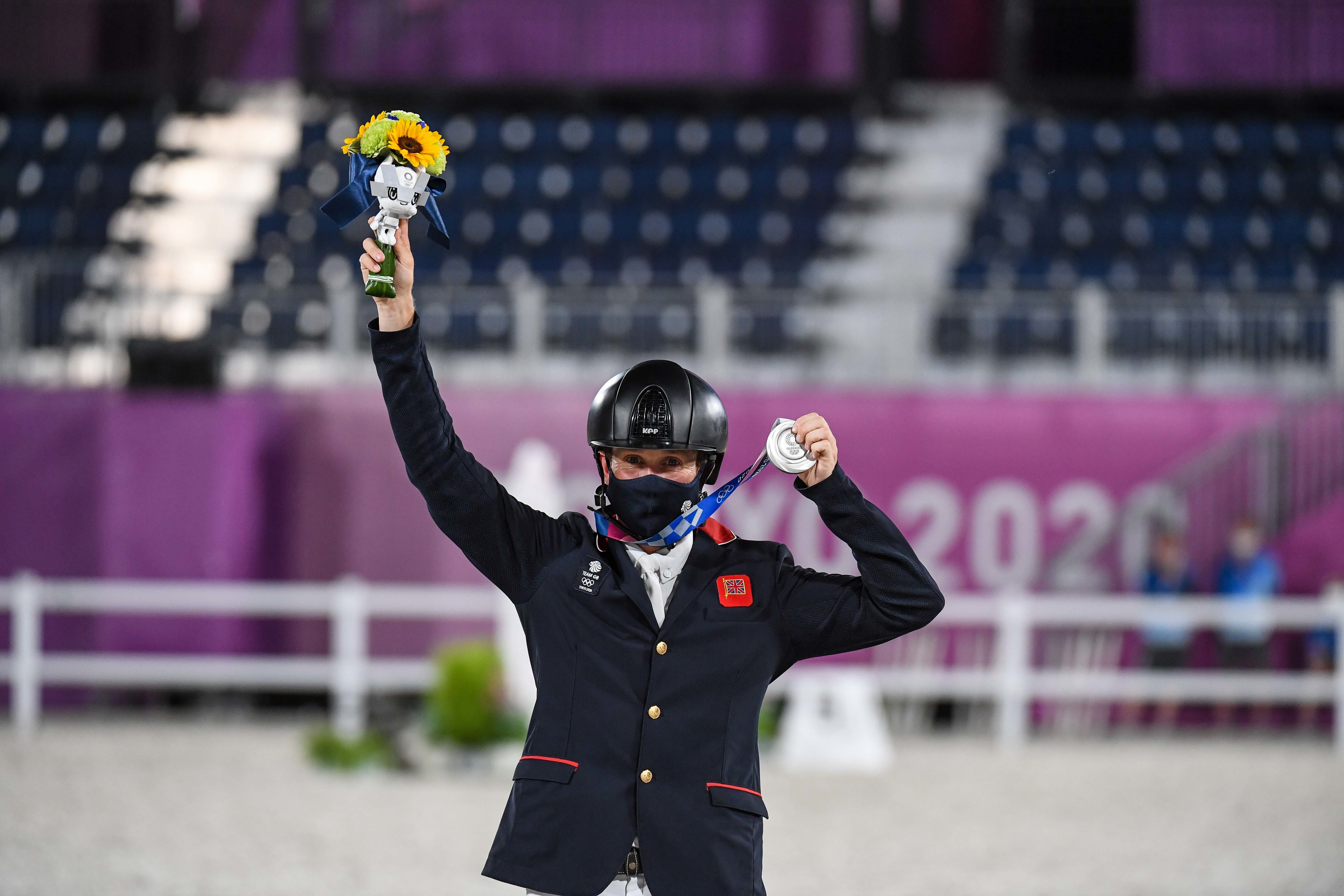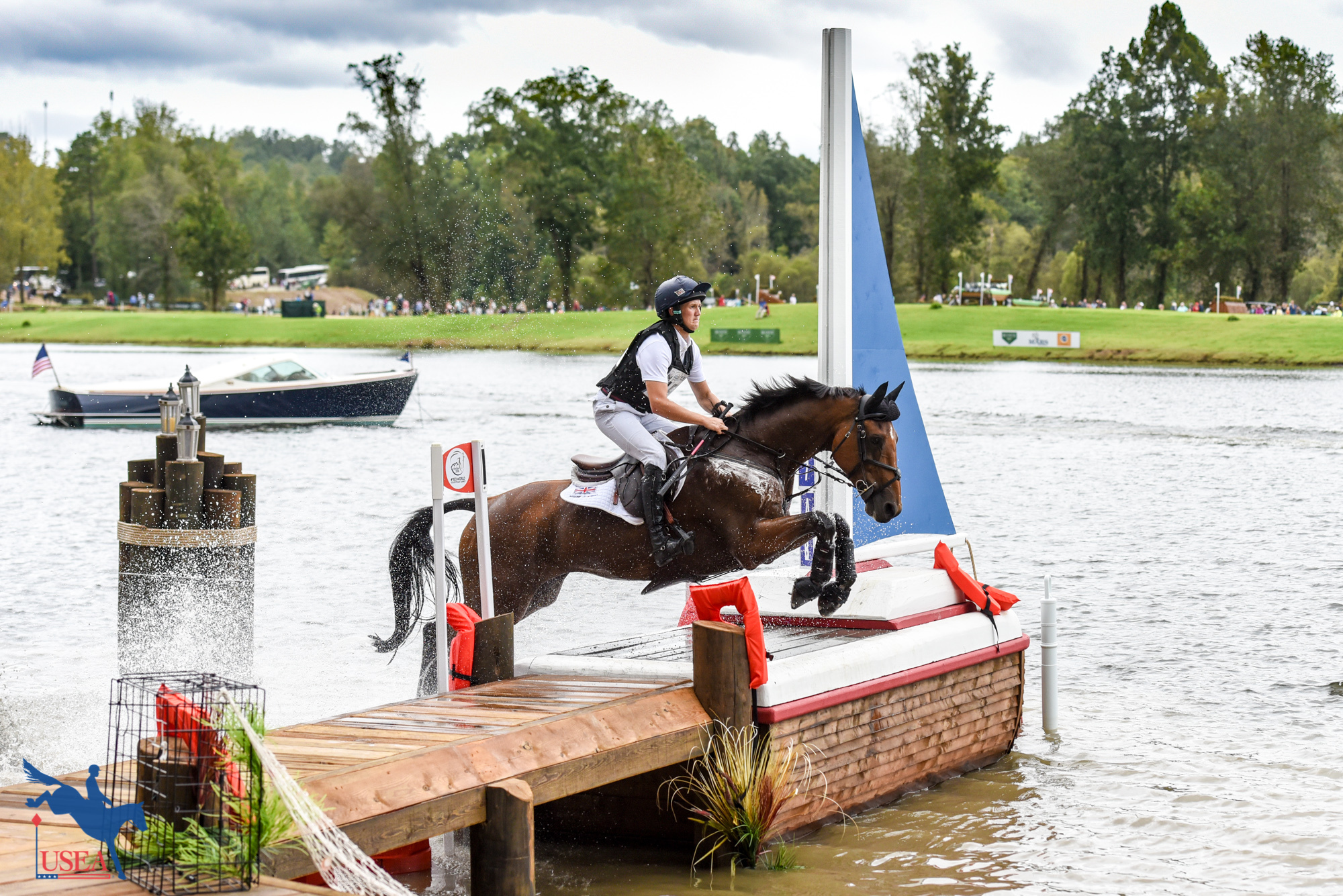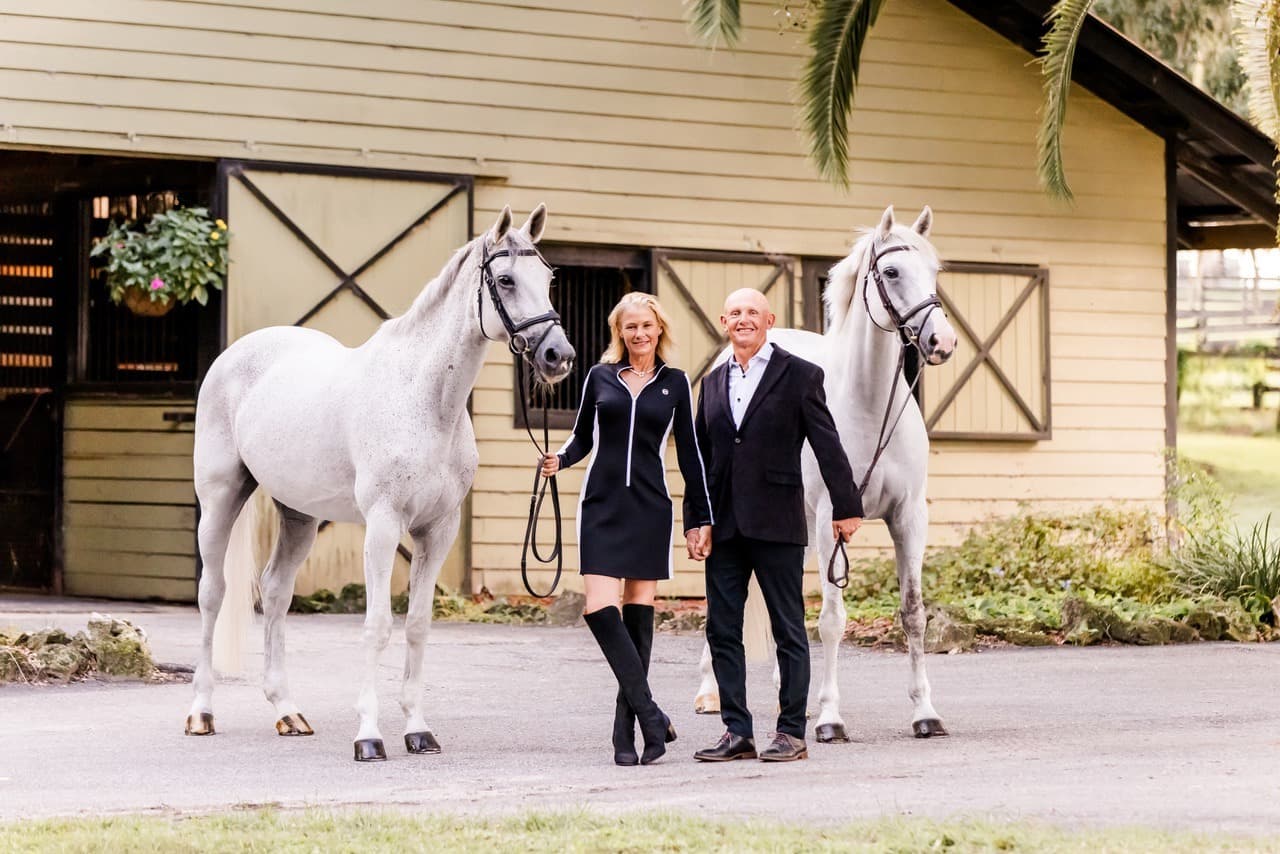Olympic Team Gold and Individual Silver Medallist Tom McEwen's Top Tips for Cross-Country Course Walking

Following his impressive performance which resulted in Team Gold and Individual Silver medals at the 2020 Tokyo Olympics, Great Britain's Tom McEwen shared some of his top tips to keep in mind when walking your cross-country courses with the USEA.
The first thing to be sure of in your mind is that you are walking the correct course, so check what color the fence numbers are and what the optimum time is. How many fences are there and how many jumping efforts?
Start your course-walk from the start box itself - don’t be tempted to skip those first few yards and cut in at fence one. For me, cross-country is about rhythm and flow and understanding your horse, because every horse is different. Do you need to let him run a little bit quicker out of the start box so he settles down, do you need to build up speed as you go round, or is he quite consistent? There are many factors. But don’t complicate things too much. The simpler you keep things, the better they tend to go.
The most important thing for me is knowing your line and having a point to aim for, mainly for a combination fence, of course, but also for single jumps. The point also comes into your preparation as you are approaching a fence.

Usually the line between fences one and two isn’t in a straight line, it’s on a curve, so you want to consider whether you should be left of center or right of center. If you can make your lines a bit tighter naturally by being clever about where you jump a fence and how you go round a corner, you can save meters there without having to go at top speed in order to finish as close to the optimum time as possible.
The most difficult thing I find about walking a course is keeping full concentration all the way round, so it’s good to keep making yourself look ahead for your line, and also look behind you to see the line from the previous fence. It’s sensible to find your line and then re-evaluate and also check to find the line that takes you the quickest route and the one with the most flow which takes the least out of your horse. A bit like Formula 1 racing, touching the apex of a corner and almost letting them fall off it, rather than turning very tightly, will make it easier for you and them.
When walking a distance, think about whereabouts on the course that particular combination comes, because that always changes things. I do ride to a stride, personally, but not everyone does. Some just ride the line. But if you are riding on the right line with the right balance, you will always be ok from wherever you are. That’s more important than riding for the distance itself, I think.
Walking a course isn’t just about assessing the actual fences. You’ve also got to consider the ground you are crossing; is it flat, is it undulating, is it uphill, is it downhill? All of those things will change the way your horse feels underneath you and possibly the way you need to balance yourself and him. And is the fence an upright or an oxer? That changes the way your horse will land. When jumping an oxer, you will be landing a little bit shorter and closer to the back bar and an upright fence tends to send you quite far out, especially if it has a bit of hedge on top of it, you land a lot further out than you’d ever imagine when walking the course. And take something like a log on top of a hill, some horses will launch and land at the bottom of the hill, whereas some will land about 30cm after the log! Every horse is different and it’s about learning what yours does and how to react when he does something that you don’t expect.

It can be really helpful to have pictures of each fence on your course to refer to. I use CrossCountryApp quite a lot, especially towards the end of a long season when I’ve jumped a lot of courses on a lot of different horses. Being able to flick through pictures of the fences, be it on the app or your own phone pictures, is useful. And some people write notes on their phone about things they want to remember about the course such as ‘I need slight outside flexion at this tree before turning left into this fence’, for example, which can be very handy.
The fresher in your mind the course is, the better. If the event takes place over a couple of days, I love doing a bit of a wander round the track the first time, then the second time doing it properly. But I will always walk the course on the morning [at a three-day event] of cross-country day.














